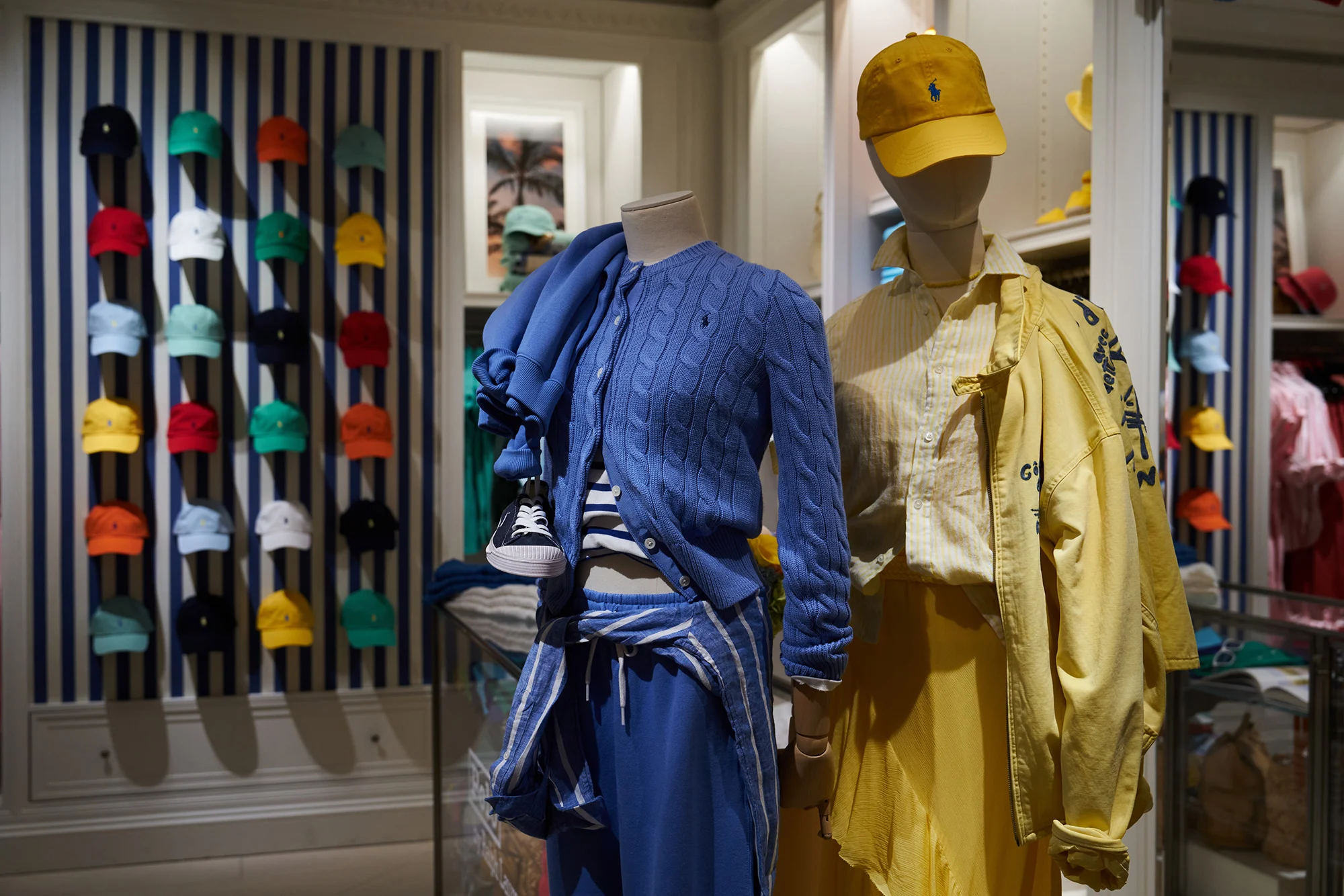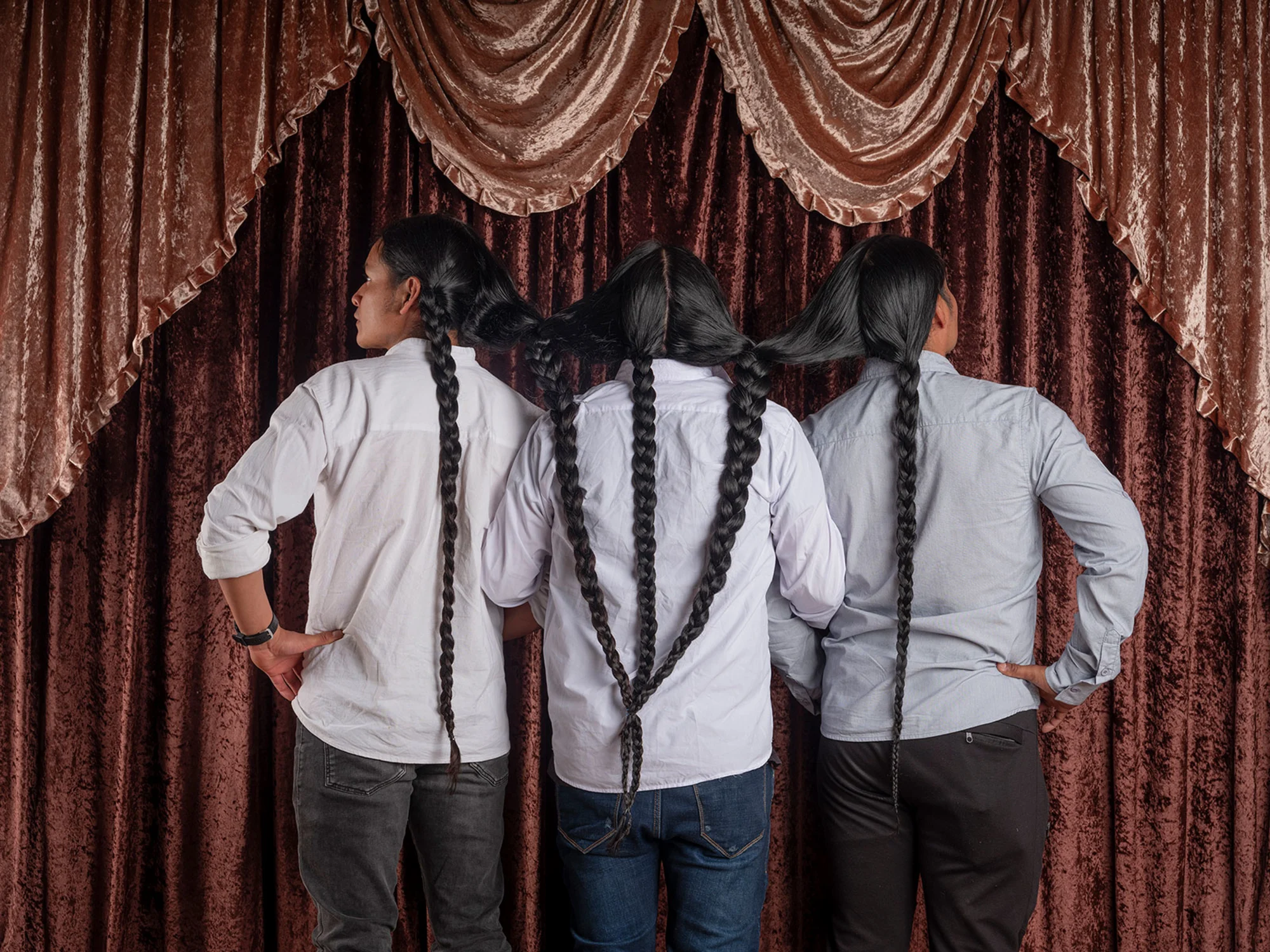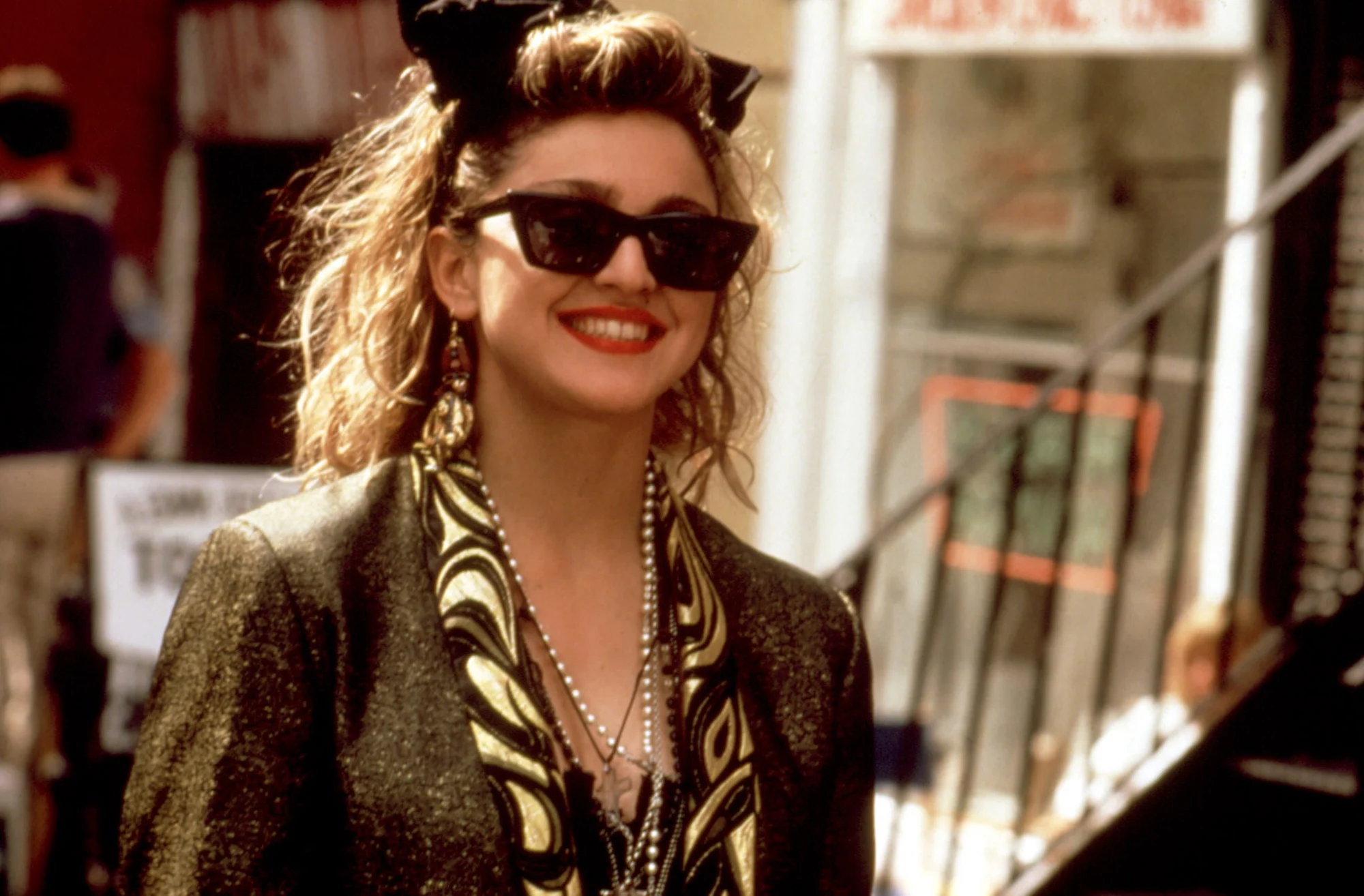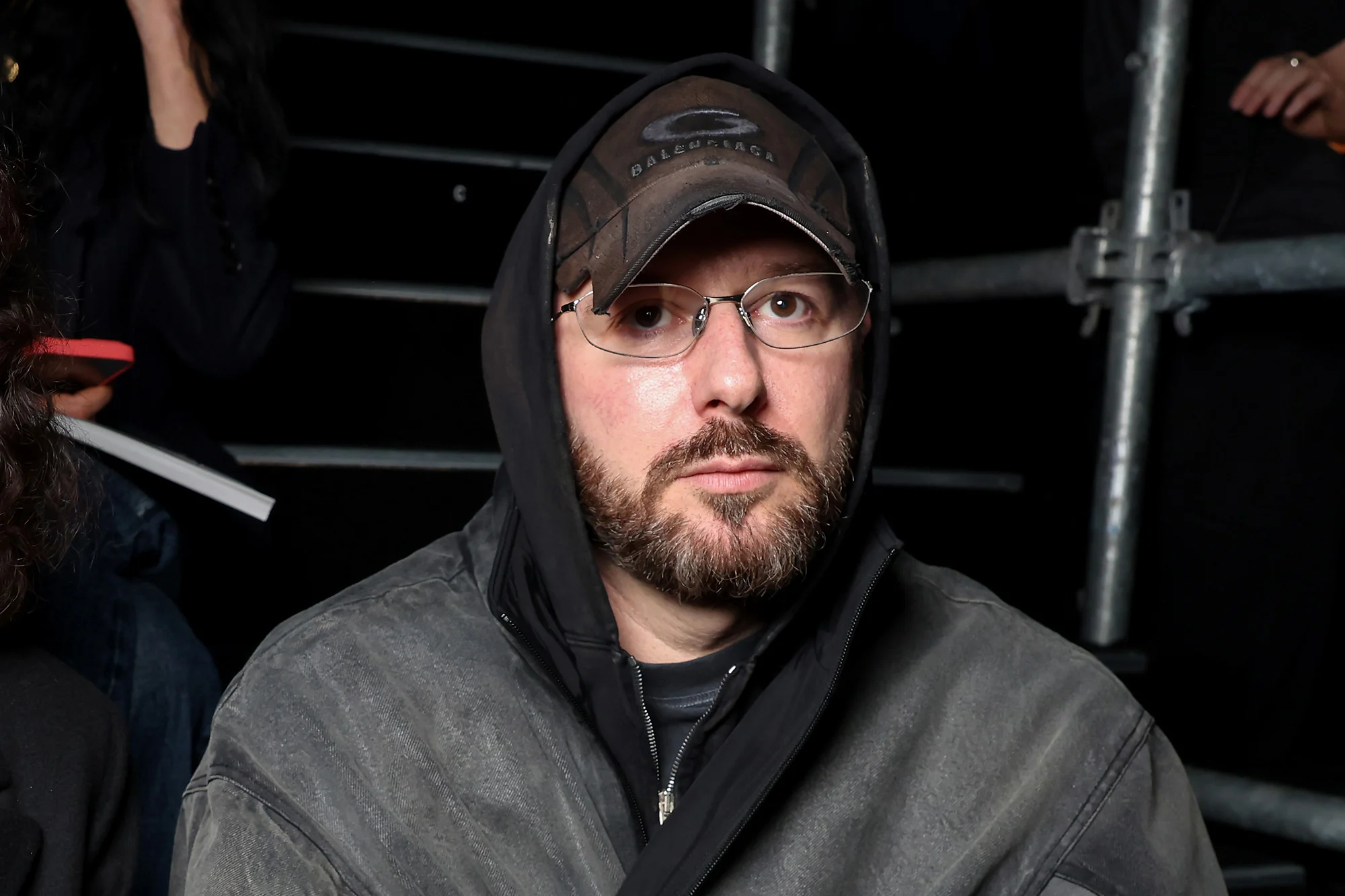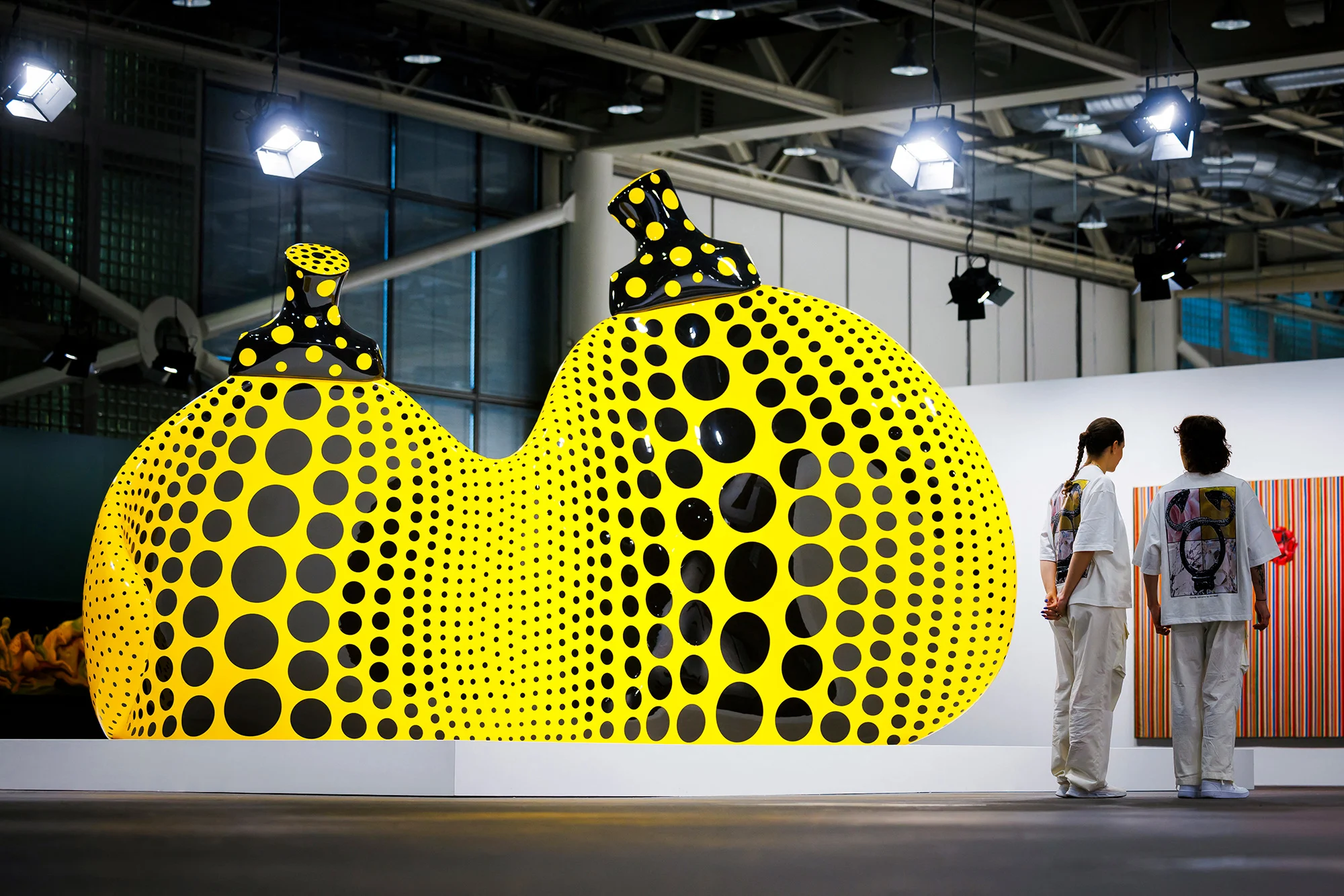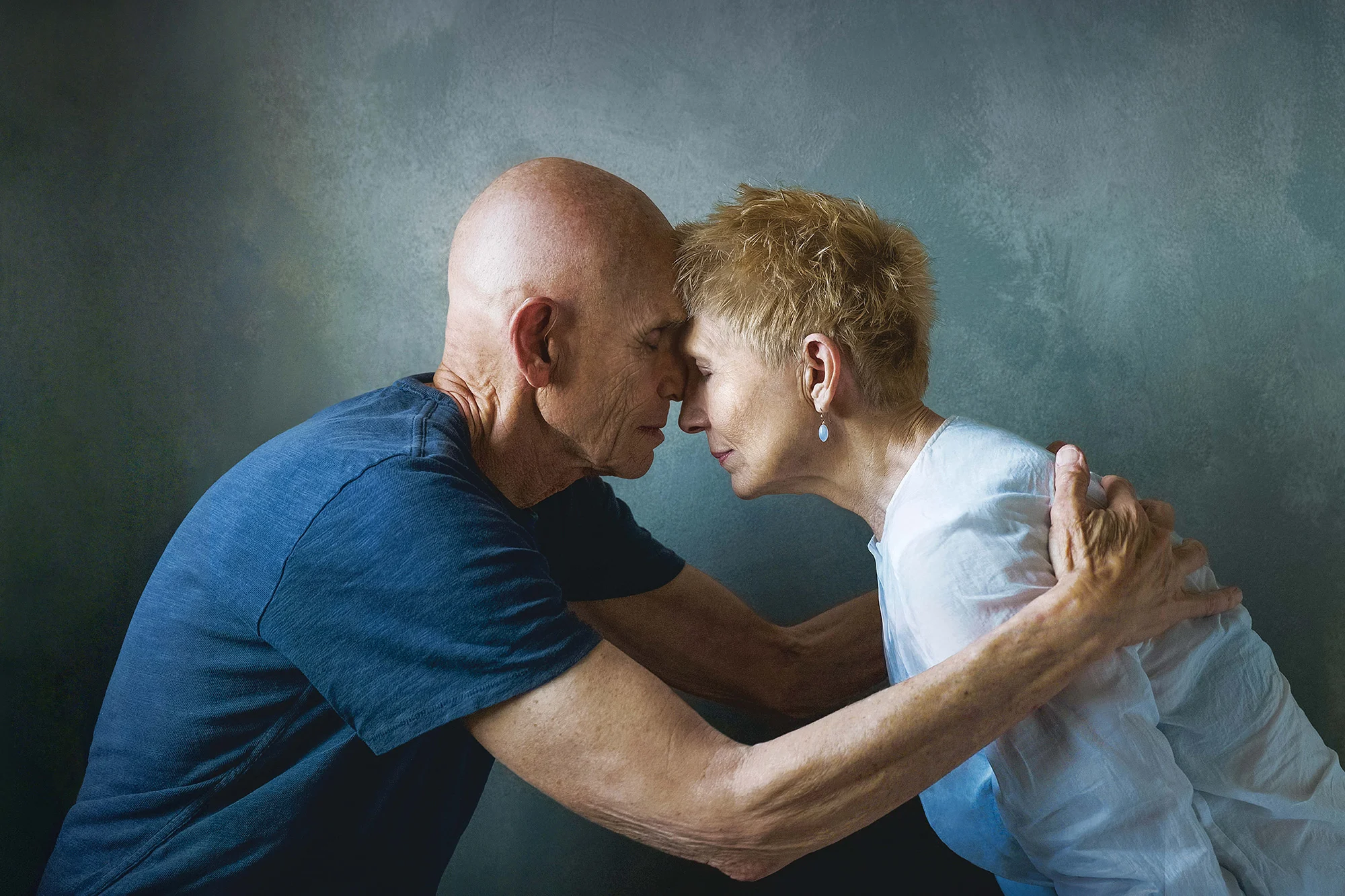
Artist couples have long fascinated the public, with their personal lives often capturing as much attention as their work. This intrigue has sparked books, exhibitions, and numerous online articles, as people are drawn to the dynamics of these partnerships. “Artists are like rock stars of the heart,” filmmaker Jacob Perlmutter said during a video call. “There’s something inherently romantic about artist couples, and as humans, we’re naturally drawn to that—just look at all the plays and novels we consume!”
Perlmutter went on to explain that artists, known for their eccentricity and emotional expression through their art, create compelling narratives, adding that “any couple working in the same field is intriguing.”
Tapping into this cultural fascination, a new documentary about renowned American street photographer Joel Meyerowitz and his partner, English artist Maggie Barrett, explores their relationship. Meyerowitz, 84, and Barrett, 75, are portrayed as they navigate life and love, offering a glimpse into their personal and professional dynamic. The film, titled Two Strangers Trying Not To Kill Each Other (a phrase Meyerowitz coined early in their relationship), was released in the US in late 2024 and in the UK in March 2025.
The project began when Perlmutter and his wife, photographer Manon Ouimet, moved into Meyerowitz and Barrett’s Tuscany home for a year. The couple sought to answer the question: “What would it be like for one artist couple to make a film about another artist couple?”
The fascination with artist couples spans generations. For instance, a 1933 article about Frida Kahlo received much criticism for diminishing her achievements by labeling her as the “wife of the master mural painter” Diego Rivera. Likewise, in 2010, the reunion of Marina Abramović and her former partner Ulay, during Abramović’s The Artist is Present performance at MoMA, captured significant attention.
Perlmutter, already a fan of Meyerowitz’s work, was drawn to the couple after meeting them in London. “They had this magnetic presence,” he recalled. “It felt like I had stumbled upon them in the same way I had with Joel earlier in a hardware store.”
The film’s candid portrayal of love, mortality, and creativity resonates with audiences. Barrett and Meyerowitz reflect on life’s fleeting nature, including existential questions like who will receive an obituary when they die and where their ashes should be scattered. But there are also moments of lightness—dancing, music, and playful table tennis.
Barrett shared her excitement at being part of the project, describing it as “a fabulous adventure.” Meyerowitz added that although he had previously resisted being in a film, he felt a unique connection with Perlmutter and Ouimet. “There was something about their approach that felt so genuine and open-hearted,” he said.
For Ouimet, the attraction was in seeing how a long-term relationship could evolve and endure over time. “We were there to explore, observe, and capture,” she said. “It was about playing around with no ego, which created the space for honesty and intimacy.”
The trust that developed between the filmmakers and the couple allowed for deeply personal moments to be captured on camera. In one early scene, Barrett and Meyerowitz discuss their mortality while folding laundry. “It was so simple, elegant, and raw,” Perlmutter recalled. “It really locked into place for us.”
While the film honors both artists’ work—through cinematography that reflects Meyerowitz’s spontaneous yet intentional framing and a score inspired by Barrett’s compositions—a central theme emerges: the imbalance in their professional recognition. Barrett herself acknowledges the impact of marrying a famous man, recognizing how her career has been affected by the attention Meyerowitz receives.
This imbalance is a common theme in creative partnerships, particularly in heterosexual couples. The struggles of Lee Krasner, overshadowed by her husband Jackson Pollock, are an example of how women’s work can be diminished despite their own artistic achievements.
The Modern Couples exhibition, which explored creative relationships in the 20th century, also delves into these dynamics, featuring famous duos like Pablo Picasso and Dora Maar, and Georgia O’Keeffe and Alfred Stieglitz.
For Perlmutter, the imbalance in Meyerowitz and Barrett’s relationship emerged gradually, revealing itself in their day-to-day interactions. “Something happens, and it symbolizes the imbalance,” he said, noting that despite this, the couple’s devotion to one another was always clear.
Meyerowitz acknowledged the inequity in their relationship but also the deep affection they share. “There’s an inequity there, but I love Maggie deeply,” he said. “Seeing it reflected in the film surprised us both.”
Barrett, too, found a sense of peace through the project, feeling that her creative work and place in the relationship were finally validated. “I feel my own equality in the relationship now,” she said. “That’s a gift.”
While the film has been met with success, with awards and sold-out screenings, both Barrett and Meyerowitz remain skeptical about the public’s fascination with their dynamic. Barrett believes people are drawn to seeing the “normal human” behind the artist, not idealizing their relationship. Meyerowitz adds that artists are constantly questioning the meaning of their work, and perhaps that constant search is part of what makes their lives so compelling to others.



